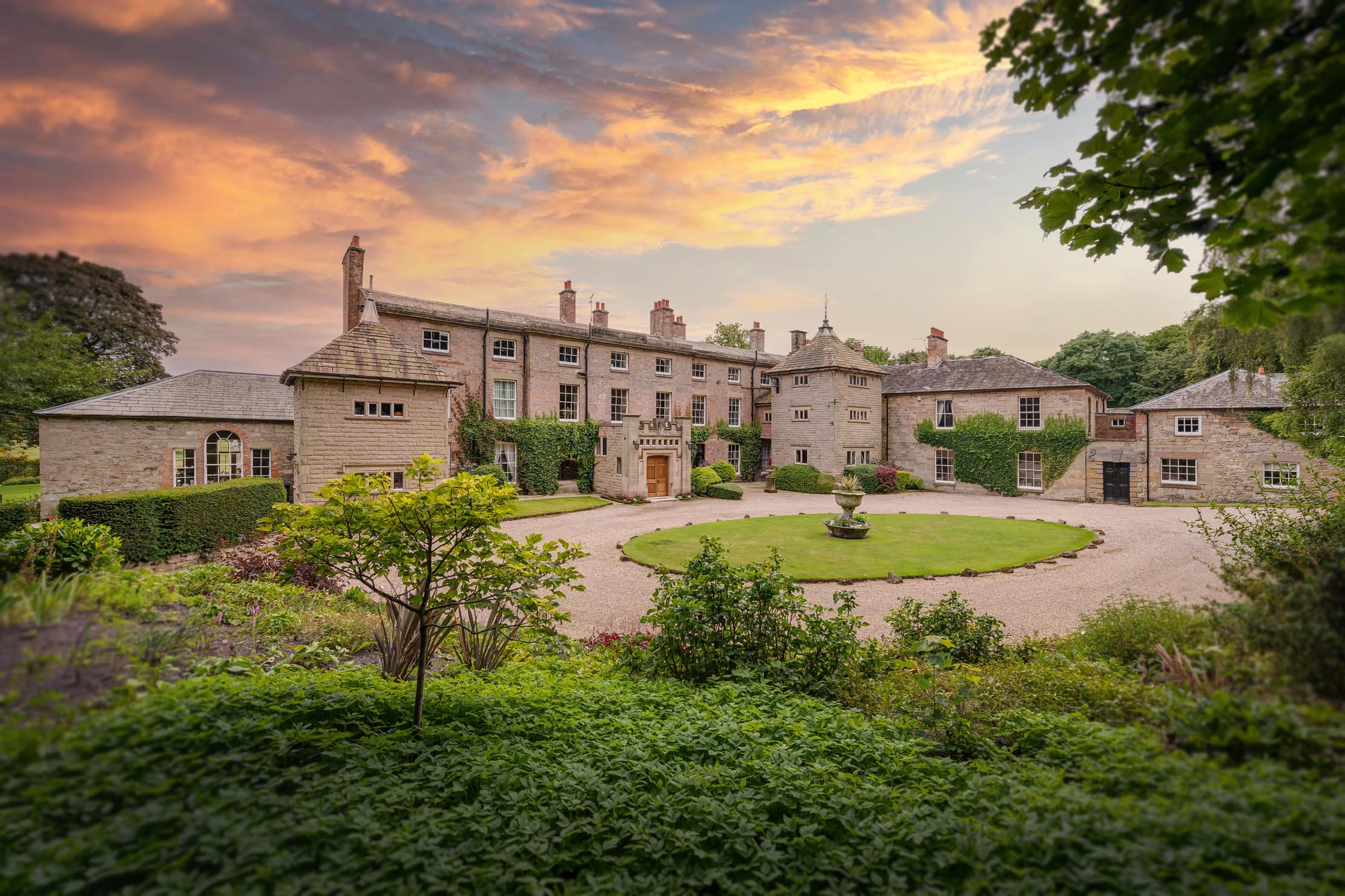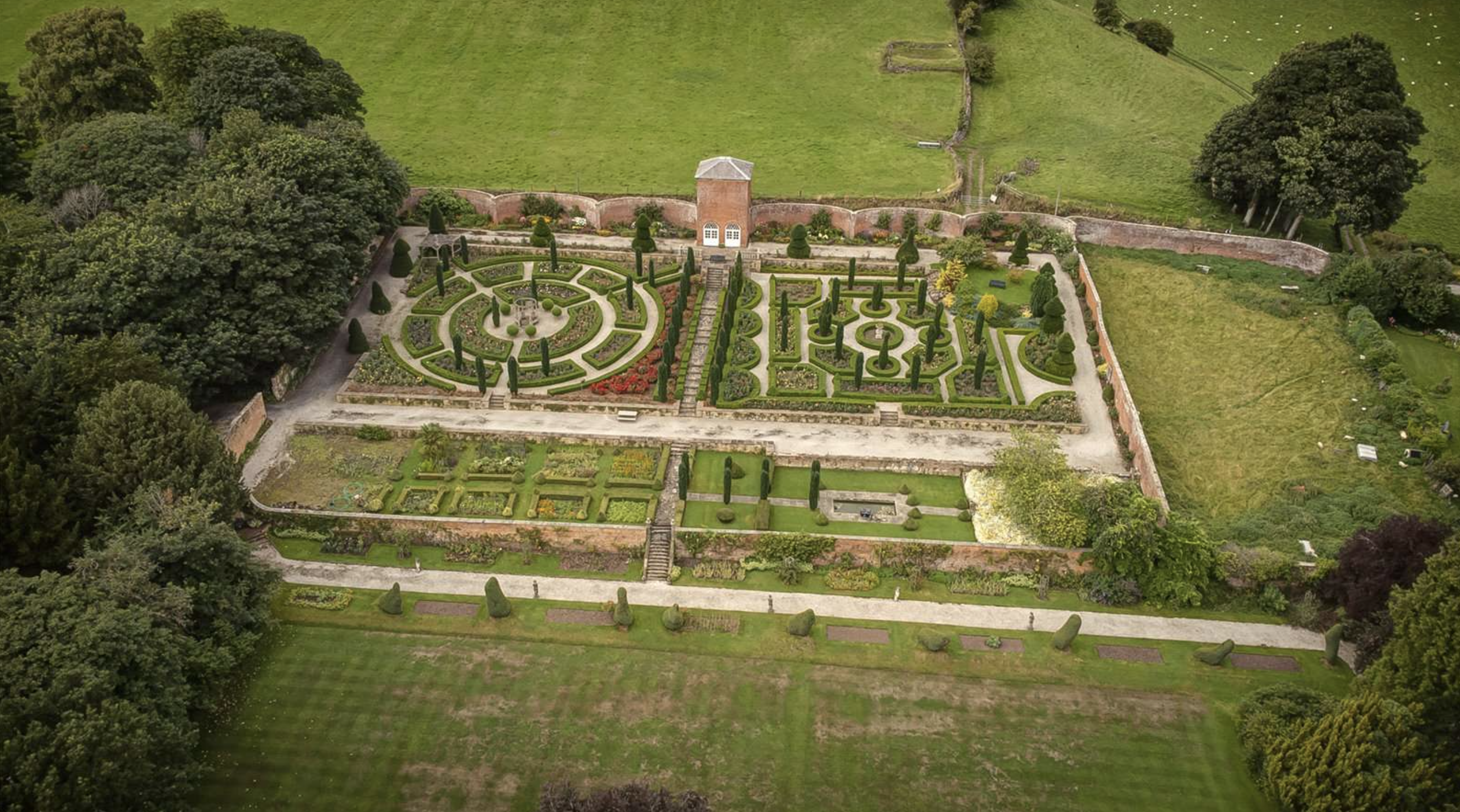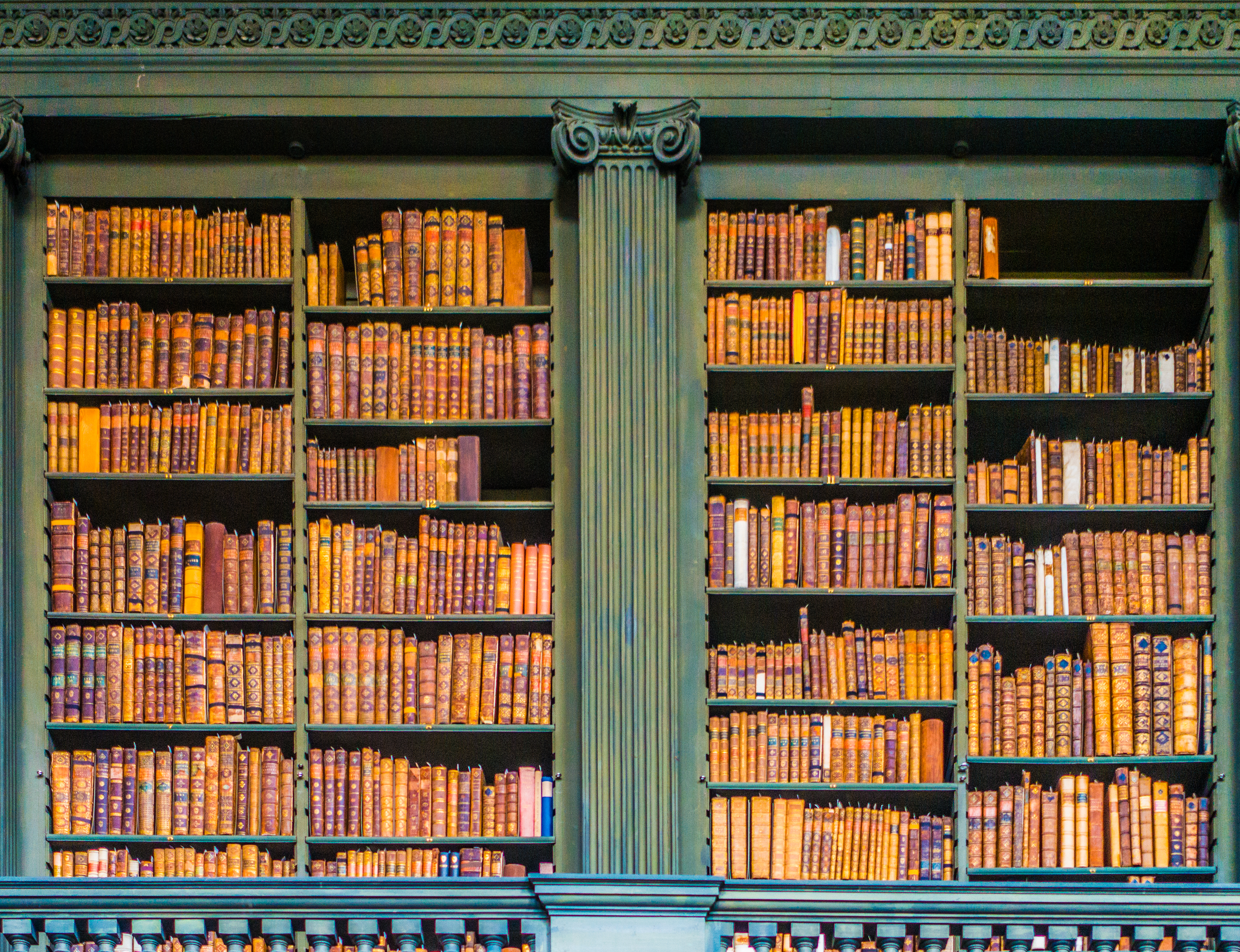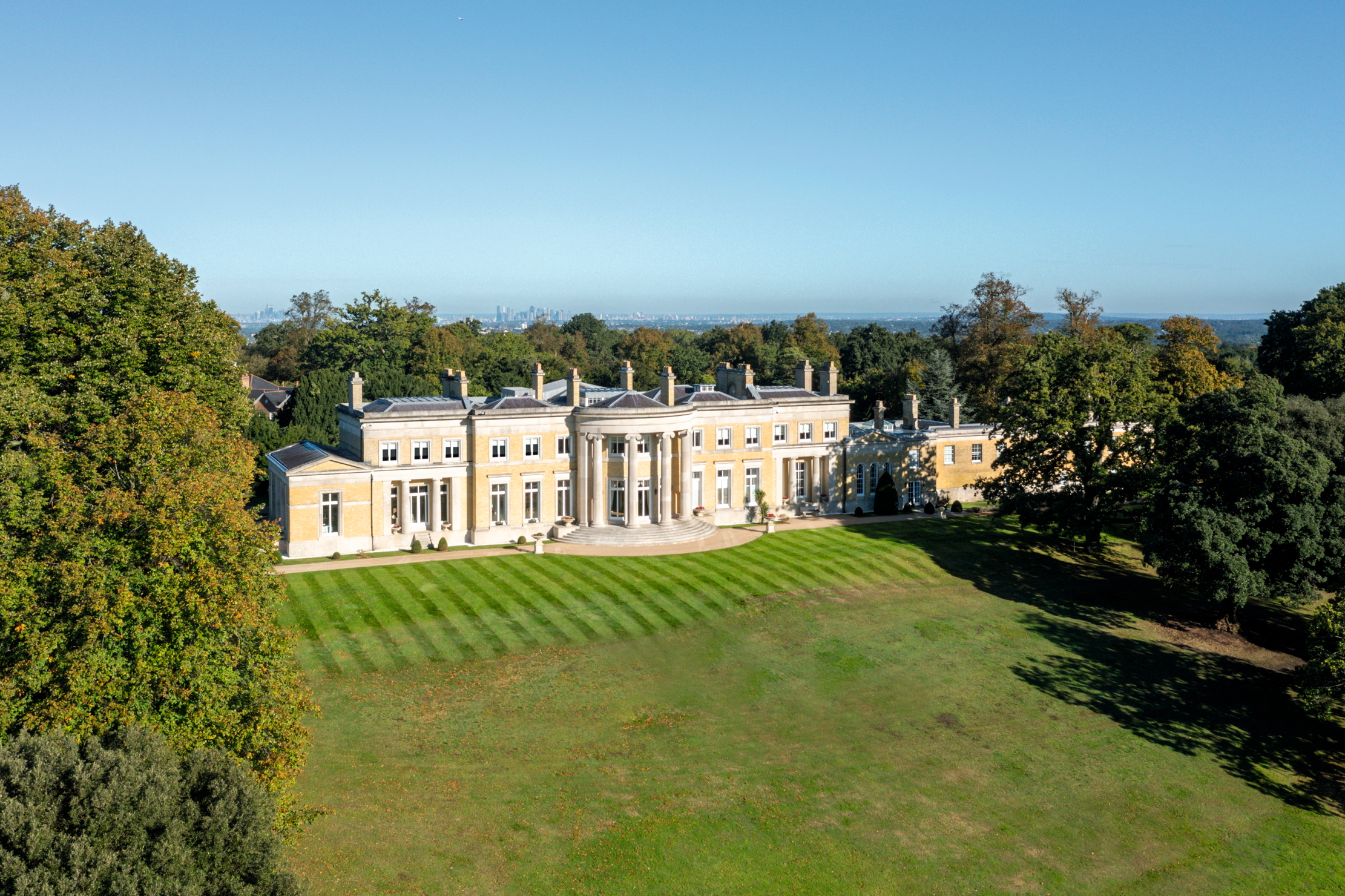A sprawling Derbyshire country pile with stables, cottages to let, its own pub and mini-Versailles walled garden
Hopton Hall is a sprawling, 17,400 sq ft property with gardens that truly must be seen. Penny Churchill tells more.


istorically the heart of a 3,744-acre Derbyshire country estate, Hopton Hall near Matlock was for 600 years the ancestral home of the Gell family, whose wealth derived from substantial lead-mining interests near the picturesque town of Wirksworth.
Today, the restored, 17,400sq ft Hall, listed Grade II, with its original stable block and thriving holiday-cottage complex set in 50 acres of gardens, parkland and woodland, is for sale through Savills at a guide price of £7 million.

In 1371, Robert Gyle de Hopton was leasing land in the village of Hopton; a century later, his great-grandson Ralph Gell ‘held the whole of the township of Hopton and all the people of the township were his tenants’. Thereafter, the acquisitive Gell family became one of the county’s biggest landowners and, in the late 1500s, Anthony Gell, who was knighted by Elizabeth I, reputedly built the earliest part of the present Hopton Hall.
The first Gell baronet, Sir John Gell, received the honour on the eve of the English Civil War, but fought for the Parliamentarians during the conflict. With his unpaid army of ‘ungovernable and licentious wretches’, he captured many of the fortified homes of his Royalist opponents, who, in 1644, took their revenge by sacking Hopton Hall.

The restoration of the monarchy in 1660 and the loss of important local mineral rights a year later saw the Gell family forced to borrow large sums of money and, controversially, ‘enclose’ common land in Carsington and Wirksworth, which led to longstanding disputes with their Derbyshire neighbours. It took 3rd Baronet Sir Philip Gell the later part of his life to clear the outstanding debts.
The male line ended with Sir Philip’s demise in 1719, although his nephew, John Eyre Gell, took the family name on inheriting Hopton in 1730. His grandson, another Philip Gell, who inherited in 1795, remodelled Hopton Hall, joining the two Elizabethan wings and adding the large dining room; he also built a writing room for his wife, Georgina, at the far end of the house.

Having decided that the main road past Hopton ran too close to the hall, he realigned it and built the striking, ‘crinkle-crankle’ ribbon wall with its six curves on the northern edge of the now-restored walled garden. He also instructed the builders to erect a summerhouse overlooking the garden and to carry on building until he told them to stop, before driving off to Westminster in his coach. However, his return was delayed, by which time his two-storey summerhouse had reached an impressive 30ft high.
Sign up for the Country Life Newsletter
Exquisite houses, the beauty of Nature, and how to get the most from your life, straight to your inbox.
Gell died in 1842, leaving a life interest in Hopton Hall to his daughter Isabella and, thereafter, to his friend Henry Chandos-Pole, who died in 1902, leaving the property to his son, Brigadier General Harry Chandos-Pole-Gell. The brigadier let the estate to another family member, Philip Lyttleton Gell, but, on his return from the First World War in 1918, was compelled by mounting debts to sell Hopton Hall to a local merchant, who promptly sold it back to Philip Gell.
Much of the estate was lost to Severn Trent Water in 1978 for the creation of the vast Carsington Water reservoir, whereas the hall and its remaining land was sold in 1989 and its contents dispersed in a mammoth sale at Sotheby’s. The house was sold again in 1995.

The present owners of Hopton Hall had spent six years looking for a substantial country property that was private, but not remote in far-flung corners of Derbyshire, North Yorkshire and even Oxfordshire, when, in December 2010, they found and bought it.
Immediately, they embarked on a major renovation of the hall, its five holiday cottages, outbuildings and a magnificent walled garden. The latter is a delight, with twisting shapes interspersed by tall conifers that give it a sort of mini-Versailles look and feel. It's open to the public in the spring and summer months.

They also installed a biomass heating system that uses wood pellets to heat the entire house and the communal swimming pool.
Hopton lies on the edge of the Derbyshire Peak District with southerly views over Carsington Water and is surrounded by 325 acres of farmland, over which it holds sporting rights. The estate is set between the villages of Hopton and Carsington, yet is screened from both by banks of ancient woodland.

The main house offers extensive accommodation on three floors, including a fine panelled reception hall; a drawing room with an early-19th-century copy of an Elizabethan plasterwork ceiling; a formal dining room with original shutters overlooking the estate; and a sumptuously appointed dining kitchen.

A galleried landing leads to seven first-floor bedrooms and five bathrooms, with another six bedrooms in the north wing and 10 further rooms on the second floor.
There are also a number of facilities to cater to the holiday lets, including kitchen and laundry facilities and a tea room. The house also has its own pub, a proper time-capsule watering hole that could have escaped from pretty much any point in the preceding century. According to the listing this pub is not for the use of guests, instead being purely for the enjoyment of the owners.
Hopton Hall is for sale through Savills at a guide price of £7 million — see more details and pictures.


Credit: Strutt and Parker
Best country houses for sale this week
An irresistible West Country cottage and a magnificent Cumbrian country house make our pick of the finest country houses for
-
 'To exist in this world relies on the hands of others': Roger Powell and modern British bookbinding
'To exist in this world relies on the hands of others': Roger Powell and modern British bookbindingAn exhibition on the legendary bookbinder Roger Powell reveals not only his great skill, but serves to reconnect us with the joy, power and importance of real craftsmanship.
By Hussein Kesvani Published
-
 Spam: The tinned meaty treat that brought a taste of the ‘hot-dog life of Hollywood’ to war-weary Britain
Spam: The tinned meaty treat that brought a taste of the ‘hot-dog life of Hollywood’ to war-weary BritainCourtesy of our ‘special relationship’ with the US, Spam was a culinary phenomenon, says Mary Greene. So much so that in 1944, London’s Simpson’s, renowned for its roast beef, was offering creamed Spam casserole instead.
By Country Life Last updated
-
 A mini estate in Kent that's so lovely it once featured in Simon Schama's 'History of Britain'
A mini estate in Kent that's so lovely it once featured in Simon Schama's 'History of Britain'The Paper Mill estate is a picture-postcard in the Garden of England.
By Penny Churchill Published
-
 Hidden excellence in a £7.5 million north London home
Hidden excellence in a £7.5 million north London homeBehind the traditional façades of Provost Road, you will find something very special.
By James Fisher Published
-
 Sip tea and laugh at your neighbours in this seaside Norfolk home with a watchtower
Sip tea and laugh at your neighbours in this seaside Norfolk home with a watchtowerOn Cliff Hill in Gorleston, one home is taller than all the others. It could be yours.
By James Fisher Published
-
 A Grecian masterpiece that might be one of the nation's finest homes comes up for sale in Kent
A Grecian masterpiece that might be one of the nation's finest homes comes up for sale in KentGrade I-listed Holwood House sits in 40 acres of private parkland just 15 miles from central London. It is spectacular.
By Penny Churchill Published
-
 Some of the finest landscapes in the North of England with a 12-bedroom home attached
Some of the finest landscapes in the North of England with a 12-bedroom home attachedUpper House in Derbyshire shows why the Kinder landscape was worth fighting for.
By James Fisher Published
-
 Could Gruber's Antiques from Paddington 2 be your new Notting Hill home?
Could Gruber's Antiques from Paddington 2 be your new Notting Hill home?It was the home of Mr Gruber and his antiques in the film, but in the real world, Alice's Antiques could be yours.
By James Fisher Published
-
 What should 1.5 million new homes look like?
What should 1.5 million new homes look like?The King's recent visit to Nansledan with the Prime Minister gives us a clue as to Labour's plans, but what are the benefits of traditional architecture? And can they solve a housing crisis?
By Lucy Denton Published
-
 Welcome to the modern party barn, where disco balls are 'non-negotiable'
Welcome to the modern party barn, where disco balls are 'non-negotiable'A party barn is the ultimate good-time utopia, devoid of the toil of a home gym or the practicalities of a home office. Modern efforts are a world away from the draughty, hay-bales-and-a-hi-fi set-up of yesteryear.
By Madeleine Silver Published
